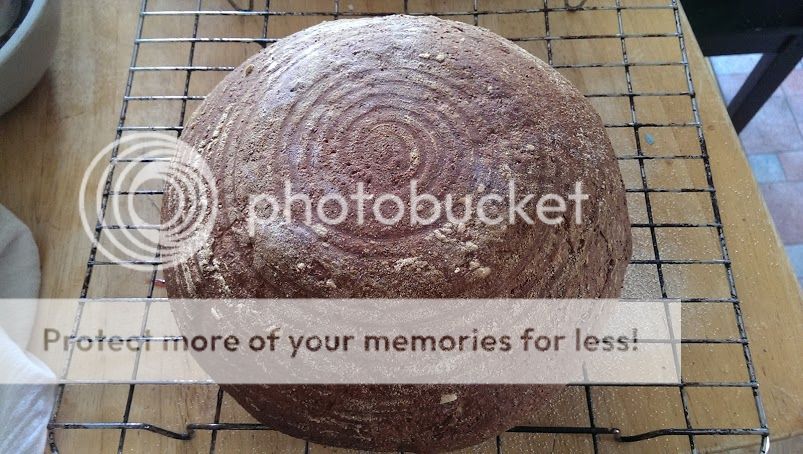From wikipedia:
A banneton is a type of basket used to provide structure for the sourdough breads during proofing. Proofing baskets are distinct from loaf pans in that the bread is normally removed from these baskets before baking. Conventionally, these baskets are made out of wicker, but many modern proofing baskets are made out of silicone or plastic. A banneton will often have a cloth liner to prevent dough from sticking to the sides of the basket, though some have no such cloth. These baskets are used both to provide the loaf with shape and to wick moisture from the crust. Banneton baskets are also known as Brotform or proofing baskets. Alternatively, a couche (pronounced koosh) or proofing cloth can be used on which to proof dough, or it can be used to cover the dough. Couches are generally made of linen or other coarse material to which the dough will not stick and are left unwashed, so as to let yeast and flour collect in them, aiding the proofing process. A banneton is used for round loaves, called boules, and a couche is typically used for longer loaves, such as baguettes.














